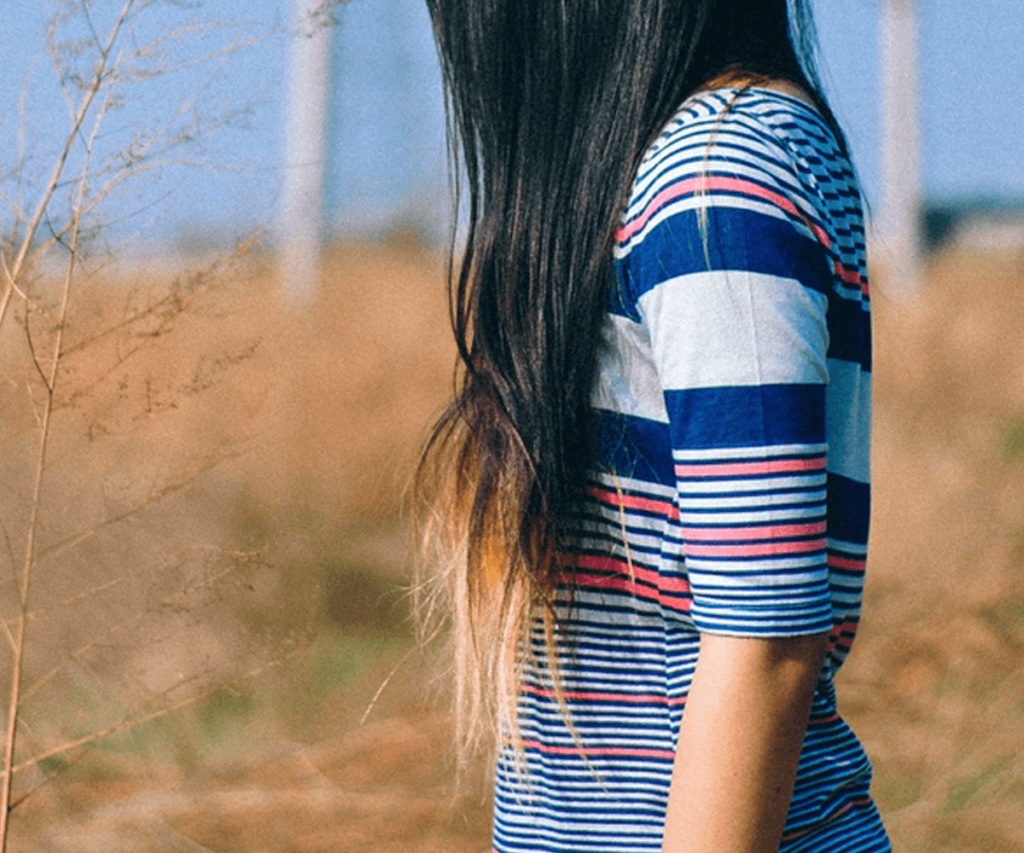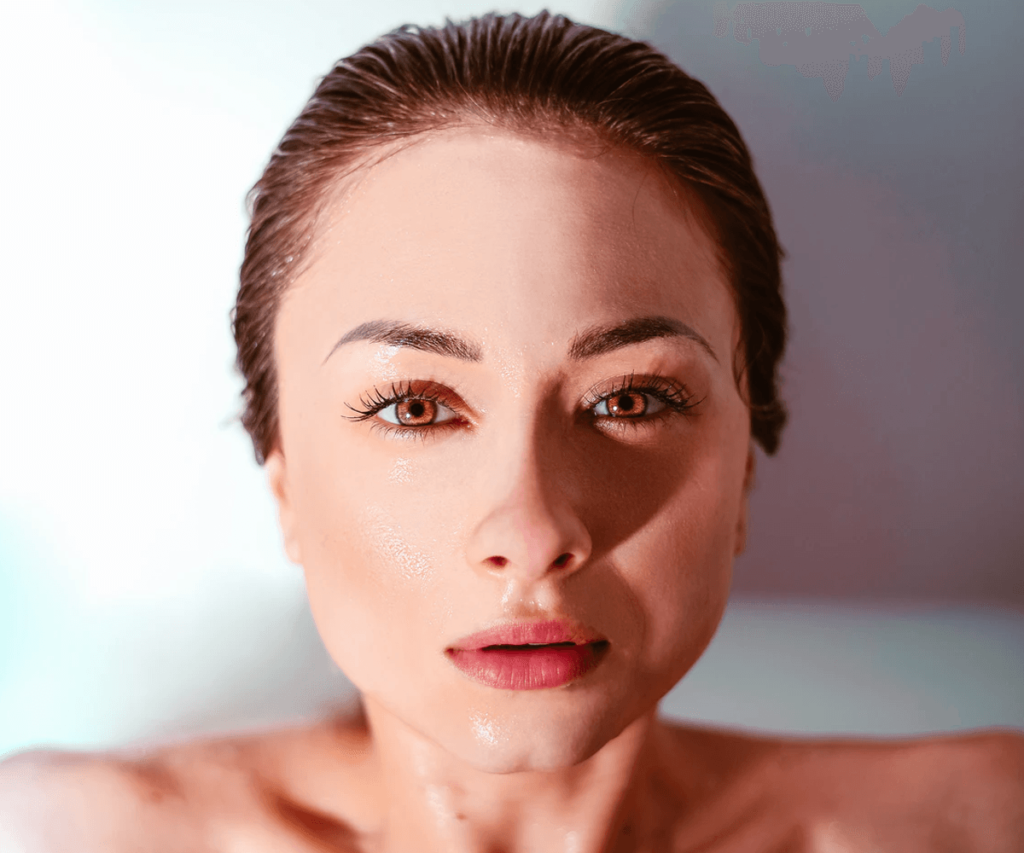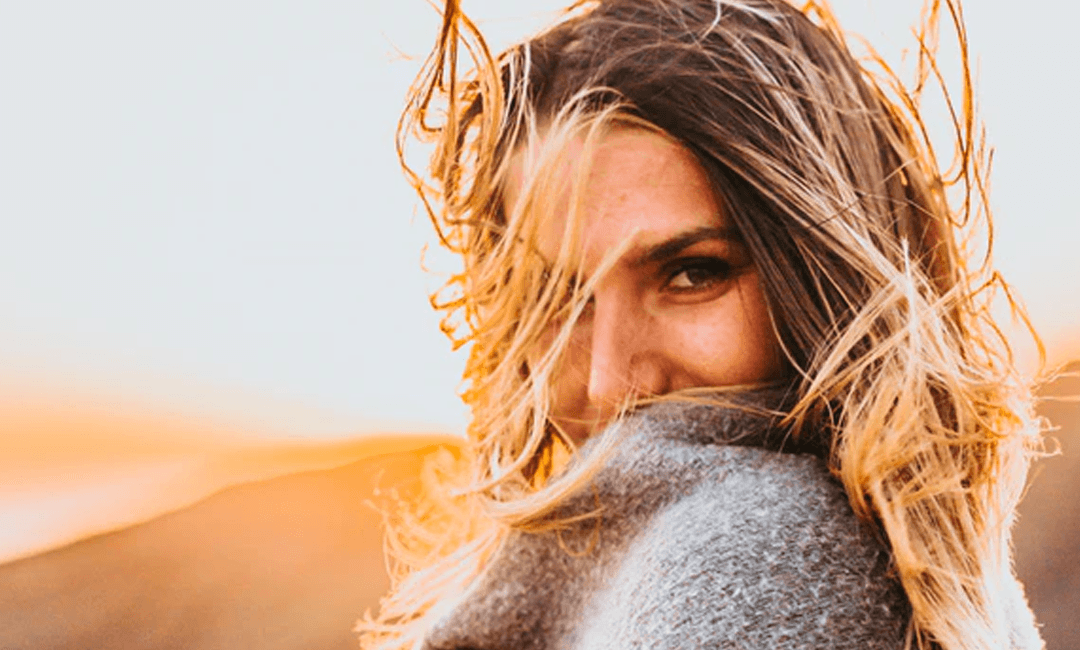Have you always wondered what the difference was between a Balayage and an Ombre? Have you heard about Sombre, Flamboyage, Ribbon Highlights, or Baby Lights? Keeping up with the latest hairstyles and color techniques, and especially the names for each, can be cumbersome, but knowing which type of highlights work best for your face shape and complexion are essential to looking your best.
Highlights are not a new concept. The process has been around since 4 B.C. In Ancient Greece they used pollen, olive oil, and gold flakes to create an ointment that they applied to sections of their hair and then sat in the sun for hours and hours. The result was very subtle, if at all. Nothing much changed until 1400 A.D. when, during the Renaissance Era, there was a change to the elixir applied to the hair. They used a sulfur mixture combined with honey, lemons, and alum. It was applied to the hair while wearing a wide brim hat without the cap, but people still had to sit in the sun for a long time in order for the effects to take place.
It wasn’t until the early 1900’s that modern highlighting techniques began to develop. This is when the classic rubber cap with holes came into play where hair was pulled through the holes and coated in hydrogen peroxide. This process dwindled out from the 1920’s to 1960’s due to a failing economy during war time. The cap came back into play in the 1960’s, but the highlights were not natural looking. The use of foils in the 1980’s changed everything. This way, the colorist could focus highlights on specific areas of the head, giving a more natural look.
Since then, the boom in the hair industry has seen many new highlighting techniques that give colorists greater control over the resulting look. What does this mean for you? Well, there’s no better time to be alive. With so many options, you can use highlights to accentuate your face in many different ways.
The Difference Between an Ombre and a Balayage
One of the most common questions asked of colorists today is the difference between the Ombre and the Balayage. So, let’s start there. These two popular hair highlighting techniques hit the market in the last decade starting first with the Ombre and then the Balayage. Some people mistakenly interchange the names, but they are two very different styles.
The Ombre is derived from the French, meaning shaded. It’s the perfect name for this style that changes color at mid-length and lightens to the tips. These highlights are hand painted, gradually adding more and more highlights the lower on the hair you go. The look has a gradient effect and, when done right, is seamless and gorgeous. Dark roots blending to light ends is also less maintenance due to the fact that the regrowth in the roots does not have to be touched up.
The Bayalage is also painted on the hair by hand, resulting in a natural look. Similar to the Ombre, there is a gradient look, but not nearly as distinct. Where the Ombre changes color top to bottom, the Bayalage highlights are more blended, starting at the top and gradually becoming more abundant at the bottom. Any questions about hairstyles let the proffesionals at Verde Salon and Spa help you.

Other Highlight Techniques
The Flamboyage
Since everyone seems to love the Ombre and the Balayage, the latest trend is the best of both worlds giving us a combination of both styles. Using clear adhesive strips, your colorist can be precise in the placement of highlights and can watch as the hair develops.
Sombre
For those who don’t want to go as drastic as the above, the Sombre is a good choice. It’s a subtle type of Ombre that still gives you a gradient but not as apparent as the Ombre. For this look you should stick with your natural color at the root and the highlights should be just a shade or two lighter.
Ribbons
The Ribbon technique is similar to a Balayage but it uses thicker strands and often follows your natural curl. The colorist has a lot more control painting on ribbons than using foils.
Frosting
The Frosted style works very well on short spiky hair where just the tips are highlighted. Popular in the 70’s where people with longer hair used it to color just their tips.
So, how do you choose the highlighting style that will work best for your face? The first thing to do is to identify which face shape you have; round, oval, long, square, heart, or diamond.
Round Face Shape
This type of face is close to being the same in width and height with the widest point at the cheeks. To elongate the face a bit and slim it, highlights at the top of the face and lowlights from the ears down is a great choice. An ombre or Balayage works well for this face shape.
Oval Face Shape
A very balanced face, the oval shape is almost equally wide at the forehead as it is at the chin, but the chin is gradually tapered to a smaller size. Cheekbones are prominent. Highlights at the sides of the face, closest to the ears, will add some depth and width to the face. An Ombre or Sombre will accomplish this effect.
Long Face Shape
Similar to the oval face, the long face is balanced and gradually tapers at the chin but the face is more elongated, sometimes with a prominent chin. LIke the oval face, highlights placed at the sides of the face, closest to the ears, is a great way to add some width to the face. You might want to try a Flamboyage to add depth and definition.
Square Face Shape
This face is pronounced at the jaw line with the forehead and cheekbones lining up with the jawbone under the ear lobe. Layered highlights at each corner of the face adds dimension while highlights at the top elongates the face a bit and softens the strong square appearance, slimming the face if needed. Ribbon highlights can accomplish this effect because they allow the stylist to place chunky highlights in strategic locations.
Heart Face Shape
Wide at the forehead, there is a sharp taper to the chin, ending in somewhat of a point. Placing highlights from the chin down, with darker roots will soften the angles of the heart shaped face. A great choice is an Ombre going from dark to light.
Diamond Face Shape
This slightly angular face is widest at the temples and tapers at the chin. Using highlights from the cheekbones down balances the face. A Balayage can pull this off, highlighting the prominent cheekbones and bringing everything else forward. Another great look for short hair on a Diamond face shape is frosting.
Your face shape is also important in determining the best cut for you. Learn more about Hair Styles and Face Shapes … Which Cut Works Best..
Now let’s talk about your complexion and how that factors into highlights.

Your Complexion
The amount of melanin in your skin determines if you have a cool or warm skin tone, while the amount of carotene and hemoglobin dictate the variations within your skin tone. Hemoglobin is responsible for red tones and carotene is responsible for yellow/orange tones. You could have high melanin with lots of carotene, or high melanin with lots of hemoglobin. The result would be that both people will be on the darker side due to their melanin, but one would have more of a warm tone while the other more of a cool tone. So you can see how variable skin tone can be—from dark/cool to dark/warm and light/cool to light/warm, and every shade in between.
Dark Cool Skin Shade
You have olive or sallow skin with naturally black or dark brown hair sans red tones. Ash highlights work best on you, especially cooler ash tones.
Light Cool Skin Shade
Ash Blond highlights work best on your fair skin that tends to burn. You have naturally rosy cheeks and light to dark blonde hair.
Dark Warm Skin Shade
You have creamy white skin, fair that tends to burn easily. Your hair is typically auburn, carrot, or copper or maybe brown with red tones. Deep red and auburn highlights work best for you.
Light Warm Skin Tone
With peachy pink or ivory skin, you might have some freckles and rosy cheeks. You hair is golden blonde or strawberry blonde. The best highlights for you are warmer tones.
As you can see, knowing your face shape and skin tone will help you navigate the fun, new techniques in highlighting. With your colorist having much more control over placement than ever, you can still rock any of these techniques— no matter your face shape. Just make sure to communicate with your colorist and let them know the look you are going for and which features you wish to highlight. Listen to their advice and always go more subtle for your first time with any style, color, or highlights. You can always add more later, and starting slowly tends to be less damaging to your hair.
Also, remember that adding light highlights to dark hair should always be left to the professionals. It is recommended you go no lighter than three shades from your natural color, especially for your first time. When going for an Ombre or Sombre, you don’t want to go too drastic. A person with black roots who wants a pale light ash blond Ombre is going for a pretty extreme look that requires a very skilled colorist to make sure not to damage the hair in the process.
Verde Salon and Spa professional colorists will work with you to choose the best highlight colors and techniques to give you the best result. Make an appointment and request a consultation so you have enough time to choose colors and styles.

